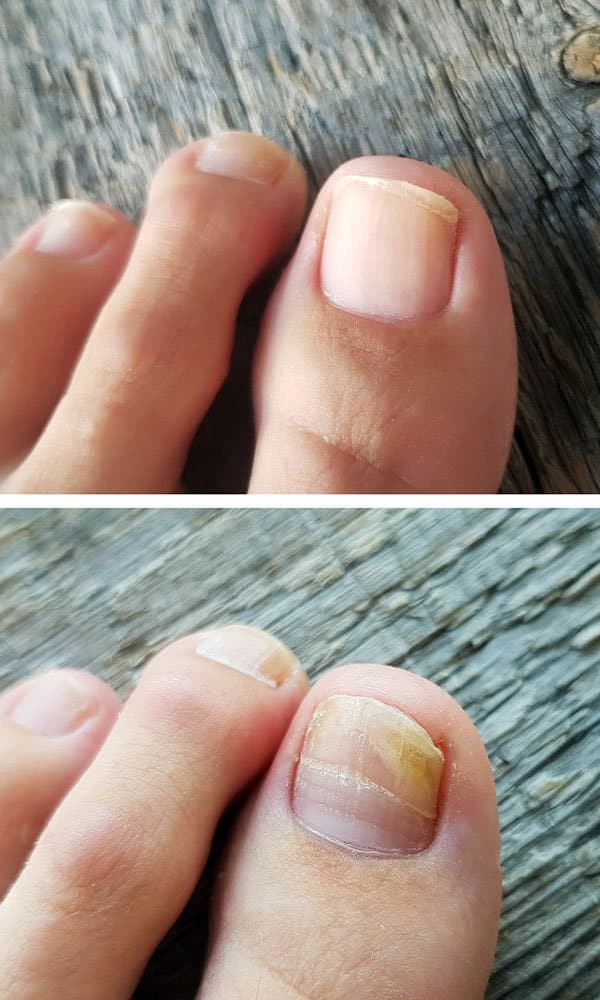Fungal Nails & Feet
Athlete’s foot, also known as tinea pedis, is a common fungal infection that affects the feet. It is caused by a group of fungi called dermatophytes, which thrive in warm and humid environments such as locker rooms, swimming pools, and communal showers.
Symptoms of athlete’s foot can include itching, burning, redness, scaling, and blisters on the feet. In severe cases, the infection can spread to other parts of the body, such as the toenails or groin.
Fortunately, athlete’s foot can be treated with over-the-counter antifungal creams, powders, or sprays. These products work by killing the fungus or preventing it from growing. It’s important to follow the instructions carefully and continue using the product for the recommended duration, even if the symptoms improve.
In addition to topical treatments, there are several measures that can help prevent and manage athlete’s foot:
Keep feet clean and dry: Wash feet daily with soap and water, and dry them thoroughly, especially between the toes.
Wear shoes that breathe: Choose shoes made of breathable materials such as leather, canvas, or mesh, and avoid wearing the same pair of shoes two days in a row.
Wear socks that wick away moisture: Choose socks made of materials such as wool or synthetic blends that wick away moisture and keep feet dry.
Use antifungal powder or spray: Apply antifungal powder or spray to the feet and shoes to help prevent the spread of the infection.
Avoid walking barefoot in public areas: Wear sandals or flip-flops in communal showers, locker rooms, and pool areas to reduce the risk of exposure to the fungus.
If the symptoms of athlete’s foot persist or worsen despite treatment, or if there is fever, redness, or drainage from the affected area, it’s important to see a healthcare professional for further evaluation and treatment.
In conclusion, athlete’s foot is a common fungal infection that can be prevented and managed with proper hygiene, footwear, and treatment. Over-the-counter antifungal products can effectively treat the infection, and measures such as keeping feet clean and dry, wearing breathable shoes and socks, and avoiding walking barefoot in public areas can help prevent its recurrence. If you experience persistent or severe symptoms, seek medical attention for proper evaluation and treatment.
If you would like to get seen by our board-certified foot and ankle specialists, click here


